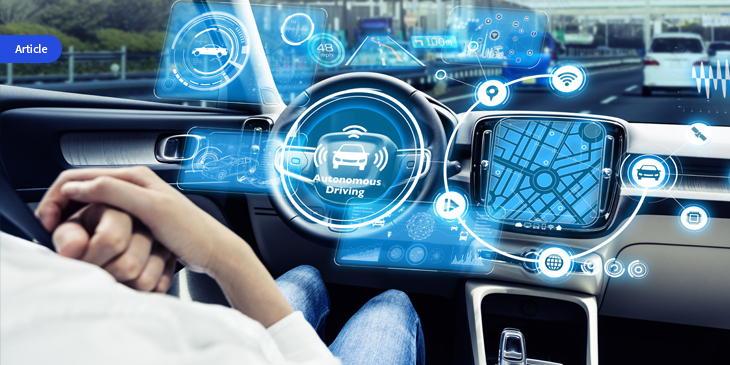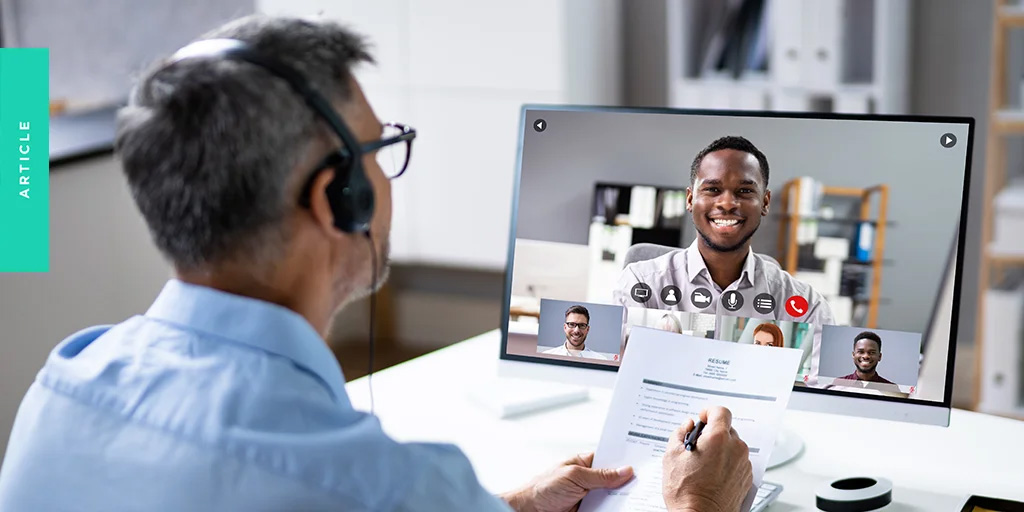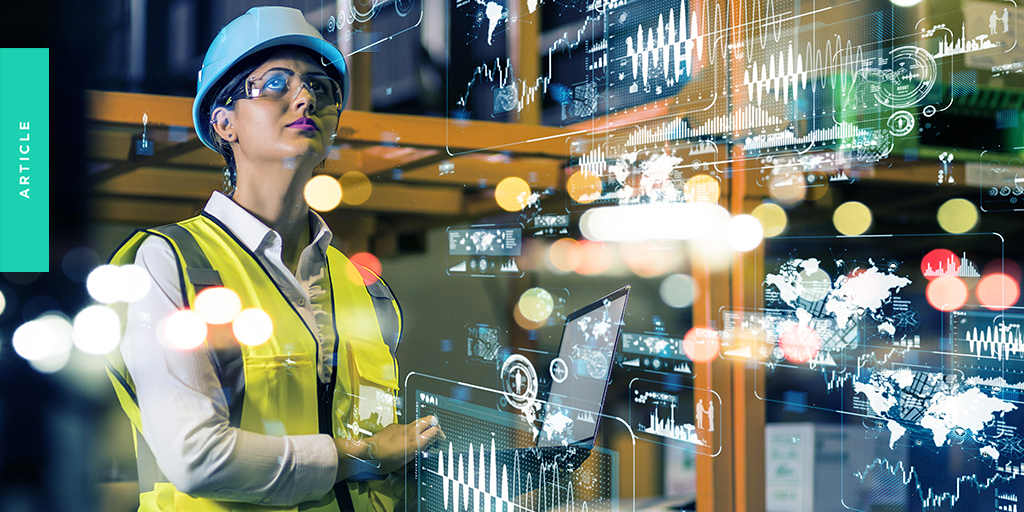Revolutionizing Educational Strategies: How Automation Is Redefining Pedagogy
The way people learn is changing rapidly. More students are studying outside the traditional classroom, which means teaching methods need to adapt. Integrating automation into education strategies is crucial for staying relevant and preparing students for the future.
Let’s explore the benefits, challenges, and best practices of incorporating automation into teaching and learning processes. That way, we can equip IT leaders with insights and strategies to navigate the dynamic intersection of technology and education.
Understanding Automation in Education
Automation is useful throughout the learning process, from administrative tasks and content delivery to streamlining and optimizing operations. For example, learning management systems (LMS), such as Moodle and Blackboard, automate tasks, including course organization and grading. Adaptive learning software, such as EdApp and Adaptemy, provide personalized learning programs based on the student’s needs.
Using automation provides educators and educational institutions with several key benefits. For one, it reduces manual labor, allowing educators to focus more on student support. According to an EdWeek Research Center study, teachers currently spend about five hours per week on grading and feedback. Automated tools can reduce time spent on these tasks, allowing teachers to focus more on creating lesson plans and meeting individual student needs. Ask your teachers if they’d like to reduce their time on grading papers and Btests, and you’ll likely get a resounding “Yes!”
Automation paves the way for data analysis, which helps educators make more informed decisions for student improvement. Finally, automation increases scalability and accessibility, making it easier for students to access the resources they need from anywhere. These benefits promote stronger learning environments without making the system more difficult for teachers.
The Impact of Automation on Pedagogy
With automation becoming more common in education, a profound impact on pedagogy is noted. There is a shift from traditional teaching methods to more student-centered learning. Automation allows for a more personalized experience in which educators can tailor lessons to each student’s needs without significantly increasing their workload. As a result, learners can gain a deeper understanding of the subject and have greater engagement with their lessons.
As automation continues to have a larger impact on pedagogy, there are concerns about job displacement. Many teachers are concerned that automated tools will replace them in the classroom. Those planning to implement modern tools must emphasize to educators their pivotal role as learning facilitators in an automated classroom. While there may be some reskilling requirements in order to adapt, automated tools are intended to work alongside and benefit educators, not replace them.

Overcoming Challenges and Roadblocks
As you work to create an automated classroom, there may be some challenges along the way. As previously mentioned, there may be some resistance to these changes among educators and administrators. According to a survey conducted in 2023, 55% of K-12 teachers have concerns about the impact of AI in education, and 49% believe it would make their jobs harder.
In addition, automated tools will also need to be integrated with current infrastructure and systems. Getting the entire team on board, including teachers, administrators, and IT professionals, will be a top priority for anyone looking to implement automated tools.
Other common concerns center on privacy and security surrounding automated tools. Some students may be uneasy about providing personal information to software applications. Therefore, it’s essential to ensure the systems you implement have comprehensive security standards and that each student knows how their data will be used. These steps will help alleviate privacy concerns. Educators will need to ensure that all students have equitable access to the new tools. This is because some students may not have the necessary technology at home to participate fully.
Best Practices for Implementing Automated Pedagogical Strategies
There are some best practices to overcome roadblocks presented when implementing automated pedagogical strategies. To start, it’s important to define your educational goals and objectives so that you can align your automation initiatives with them. Knowing what you want to achieve can help you select and implement the right tools correctly.
Once you implement the new automated tools, you’ll want to provide adequate training and support for your team. For example, you can host training sessions for educators and staff to teach them how to use the new tools. During this training, you can also review your data privacy and security policies, ensuring all personal information remains confidential.
Finally, monitor the effectiveness of your automated tools. If you discover that you’re not getting the desired results, you need other automated tools, provide additional training, or pursue another course of action. Gather direct feedback from your staff and students about their experiences with the automated tools to learn more about where you can improve.
Future Trends and Opportunities
Automated tools with education applications only continue to get better. These tools will start using artificial intelligence and machine learning to give more personalized learning experiences. You’ll also see augmented and virtual reality apps being used to provide students with immersive learning experiences. It may also not be long before we see collaborative robots (cobots) in educational settings.
Transformative Potential of Automation in Education
With these new technologies on the horizon, it’s not hard to see how automated tools will continue revolutionizing education and pedagogy. It’s the perfect time for IT decision-makers to embrace the power of automation and enhance their pedagogical practices. Through the combined efforts of educators, edtech companies, developers, and researchers, we can continue redefining educational strategies through automation and provide more inclusive, personalized, and effective learning experiences for students.
Content created and provided by Extu.











